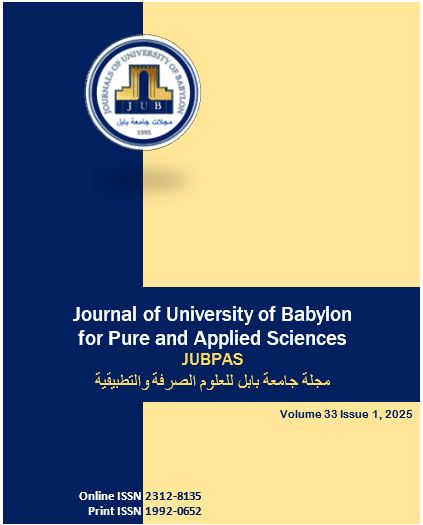Predicting Student Performance Using Data Mining and Machine Learning Techniques
Main Article Content
Abstract
Educational systems are increasingly leveraging analytic methods to improve student academic quality. Predicting student performance is an important area using data mining and machine learning can offers significant insights. This study emphasizes the potential of machine learning in environments by providing information for data-driven interventions aimed at improving student outcomes and supporting educational strategies.
Materials and Methods:
This initial processing phase guarantees model suitability. The second phase forward for training step using classifiers, like Logistic Regression Decision Tree Random Forest Support Vector Machine (SVM), K. Nearest Neighbors (KNN) and Naive Bayes.
Results:
The student results are obtained and tested using six classification models; Logistic Regression came on top with 99% accuracy; followed by SVM and K nearest Neighbors at 99%; Random Forest performed at 98%; Decision Tree, at 97%; and Naive Bayes, at 96%. The results of accuracy and recall scores showed that the models performed well, with logistic regression and k-nearest neighbors achieving around 100% perfect rates. The results of heat maps for the confusion matrix for the performance comparison reveal the effectiveness of ensemble and margin-based classifiers in this task.
Conclusions:
The results highlight how machine learning can help schools make decisions on student support and anticipate student needs effectively. For future work, the proposed work will consider metrics like behavior and engagement data and updating models consistently to improve accuracy for better student performance.
Article Details
Issue
Section

This work is licensed under a Creative Commons Attribution 4.0 International License.
